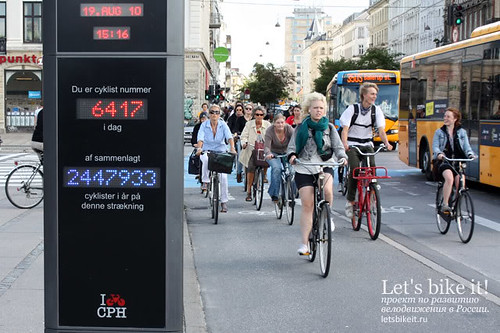Path dependence and design
 David Brooks actually had a decent column last week about common errors in analysis, "Tools For Thinking" (blog entry) and "article."
David Brooks actually had a decent column last week about common errors in analysis, "Tools For Thinking" (blog entry) and "article."From the article:
The good folks at Edge.org organized a symposium, and 164 thinkers contributed suggestions. John McWhorter, a linguist at Columbia University, wrote that people should be more aware of path dependence. This refers to the notion that often “something that seems normal or inevitable today began with a choice that made sense at a particular time in the past, but survived despite the eclipse of the justification for that choice.”
For instance, typewriters used to jam if people typed too fast, so the manufacturers designed a keyboard that would slow typists. We no longer have typewriters, but we are stuck with the letter arrangements of the qwerty keyboard.
Path dependence explains a lot about both land use and mobility.
I constantly get frustrated in discussions about these issues, because it is incredible how people take for granted the current systems for land use and for mobility, without recognizing that the systems of today are but a product of a multitude of decisions made over decades.
Similarly, the bike "culture" that Copenhagen is so proud of is not somehow the result of Danish uniqueness (and Dutch uniqueness in Amsterdam...) and verve as much as it is the result of a series of decisions about urban design and mobility that began in the early 1960s.
In fact, Jan Gehl is likely to discuss this at his presentation as part of the Charles Atherton lecture this Thursday at the Building Museum in DC. My understanding is that it started with a decision to gradually remove street car parking spaces--each year they reduce the total number of spaces by 2%. See "CITIES FOR THE PEOPLE" from the Ecolocity-Publicity-Mobility blog.

Given how much clamor there is for parking and not removing parking in DC, the rigid opposition to increasing the cost of residential parking permits, even the suggestion that maintenance and provision of parking is a quality of life issue (reterming the issue more along the lines of a Tea Partier...), the transformational aspect of this decision has to be recognized.
A set of decisions like this, plus a continued focus on transit, and the quality of life and public spaces, if not what we might call "publicness" in urban life and urbanity makes for a different path of land use and mobility development than is common in the US, even in the center cities.
In fact, I continually point out that center city and suburban land use and transportation planning and decision making needs to be considered differentially, with regard to bicycling or anything else, and that we have to be careful and focused on the right characteristics and comparisons.
Labels: change-innovation-transformation, organizational behavior, organizational development, transportation planning, urban design/placemaking



0 Comments:
Post a Comment
<< Home